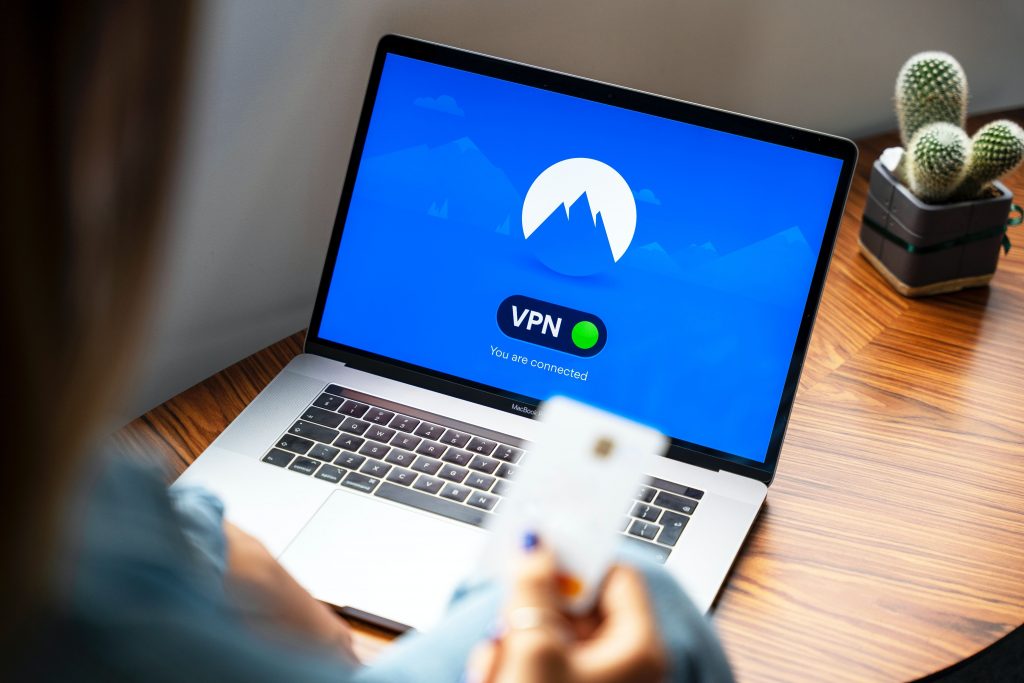The Essential Eight Cyber Security Maturity Model from the Australian Government Cyber Security Centre is a collection of 8 strategies designed to prevent cyber or limit the impact of cyber-attacks and retain data recovery and system availability.
All businesses are encouraged by the AGCSC to use the Essential 8 because it significantly reduces the likelihood of getting hacked. Additionally, unlike many other security measures-it is cost-efficient and easy to set up.
For organisations engaged in government contracts, or those who receive government funding, compliance with the Essential 8 is mandatory.
Do you feel like your fixed-term IT agreement doesn’t provide the value that you were promised – find out how much you could save today.
Is your business keeping on top of the Essential 8? Need a hand? Get in contact with our team.

Do you feel like your fixed-term IT agreement doesn’t provide the value that you were promised?
Find out how much you could save.
We offer a sense of partnership that goes beyond the typical IT experience. Our value starts where the scope of a traditional managed service ends. Contact us to book a no-obligation discovery meeting.
We’re not just another faceless IT company. We are all about old school professionalism, which means rather than hiding behind our screens, we’d like to meet you face to face (or virtually if required!).
Let’s organise an initial in-person or online meeting to scope if we’d be a good fit for you.
Copyright Ⓒ 2025 Myrtec All Rights Reserved